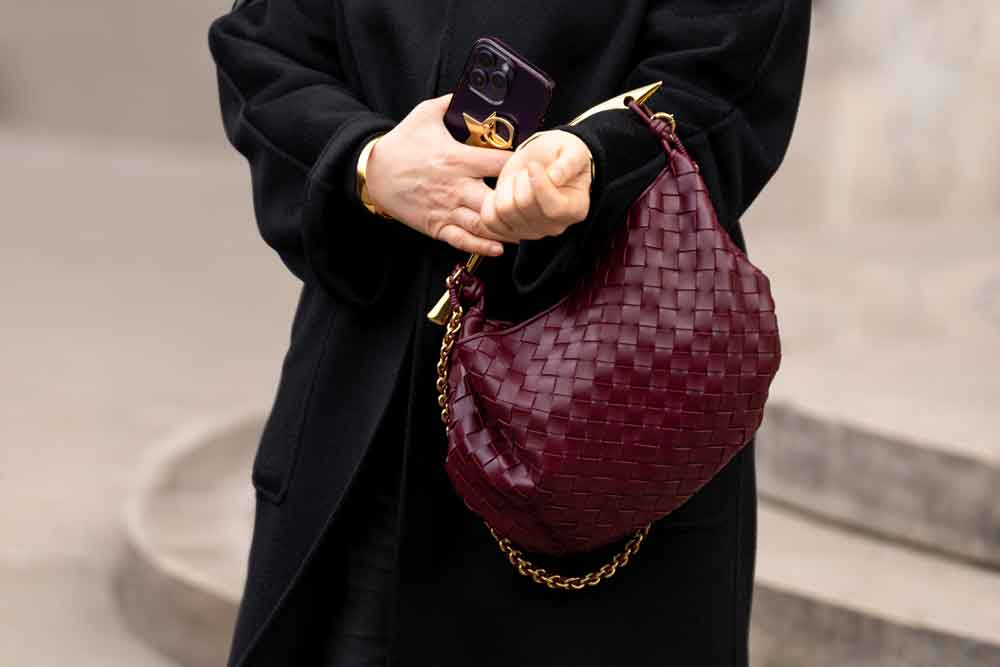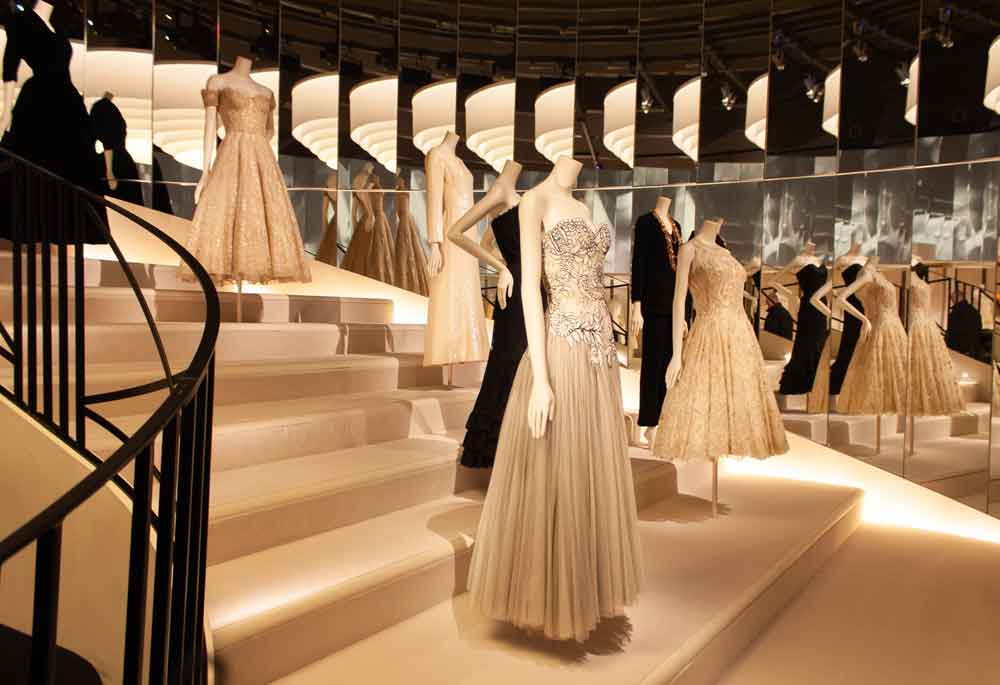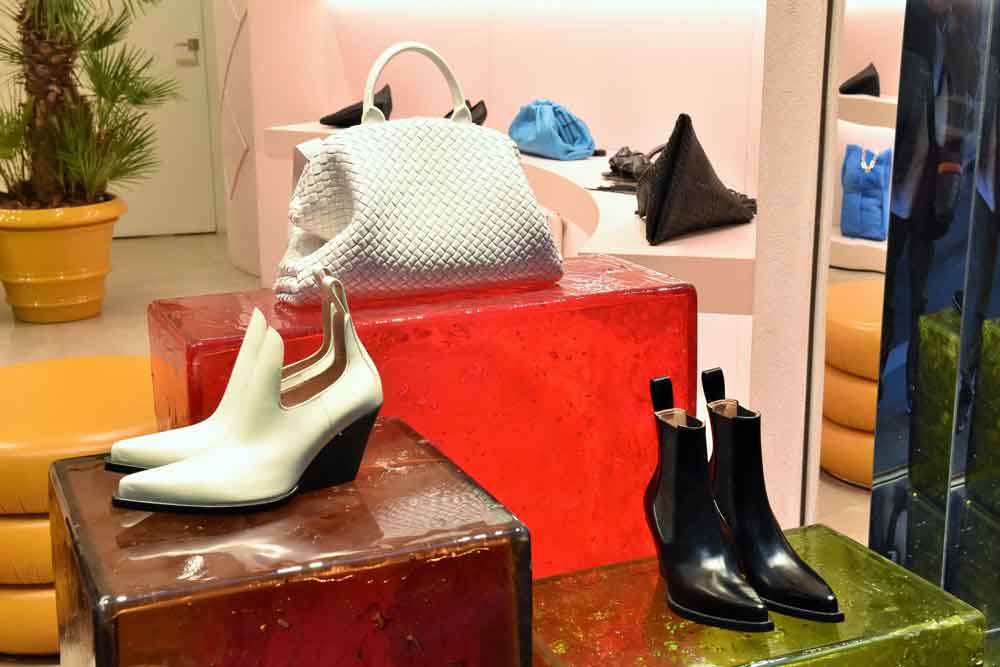The luxury resale market is on fire, with more shoppers than ever opting for second-hand couture. Why? It’s not just about snagging a deal (though that’s always a perk!)—it's about sustainability, investment value, and the thrill of hunting down a truly unique piece. As consumers rethink what high-end fashion means, second-hand luxury is emerging as the savvy way to score a timeless wardrobe.
This shift is more than a passing fad; it’s a movement, with shoppers leading the charge in curating wardrobes that blend conscious consumption with luxury appeal. And brands? They’re catching on fast, adapting to the growing demand for authenticated, pre-loved pieces. Here’s why the luxury resale boom is here to stay—and how it’s rewriting the rules of luxury fashion.
The Growing Appeal of Sustainable Fashion Choices
Sustainability is no longer a fringe concern for fashion lovers; it's now at the heart of their buying decisions. The environmental costs of fast fashion have led many consumers to reconsider their shopping habits. According to The RealReal's 2024 Luxury Resale Report, 73 per cent of shoppers said ‘value’ is the top reason they shop for second-hand luxury items. Sustainability remains a key driver, with many looking to reduce waste and support the circular economy. The report also notes that consumers are gravitating toward timeless luxury pieces that can hold their value over time—making luxury resale not only an eco-friendly choice but an investment opportunity as well.

Image used for representational purposes only.
The 2024 report shows that investment-worthy pieces like fine jewellery and iconic handbags are leading the charge, with high-value items such as Cartier, Van Cleef & Arpels, and Tiffany & Co. seeing a 22 per cent increase in year-over-year sales for pieces priced $5,000 and above. This reflects consumers' growing interest in acquiring items that will appreciate in value rather than depreciate.
Key Players in the Luxury Resale Market
Several companies have emerged as front-runners in the luxury resale market, with platforms like The RealReal, Vestiaire Collective, and Fashionphile leading the charge. The RealReal alone boasts more than 37 million members, and its annual reports indicate robust growth in the resale sector. The company's President and COO, Rati Sahi Levesque, points out that today’s trends are emerging not just from runways but from street style, TikTok, and pop culture, which plays a major role in consumer purchasing decisions.

Image used for representational purposes only.
According to the report, Gen Z has particularly embraced second-hand luxury, with Prada becoming the most-searched brand among this demographic. Moreover, items like Chanel and Gucci handbags are consistently in high demand, with the resale value of these iconic pieces continuing to climb.
How Second-hand Shopping Redefines Luxury for Millennials and Gen Z
The shift towards luxury resale is not just about sustainability; it’s also about redefining what luxury means in the modern world. Millennials and Gen Z are increasingly seeing second-hand couture as a viable and even preferable option. Far from being seen as 'used' or 'old,' pre-loved luxury items are viewed as unique finds, often carrying a sense of history and individuality.

Image used for representational purposes only.
The RealReal's 2024 Luxury Resale Report underscores that younger consumers are particularly interested in vintage items, with searches for brands like Issey Miyake (+100 per cent YoY) and Vivienne Westwood (+35 per cent YoY) seeing massive growth. As cultural nostalgia continues to rise, fuelled by the popularity of retro TV shows and TikTok trends, second-hand shopping has become an avenue for these shoppers to indulge in a more distinctive, curated form of luxury.
Handbags, once out of reach for many, are now being seen as attainable investment pieces. Bags priced between $1,000 and $3,000 saw the biggest spike in buyer growth (+13 per cent YoY), as buyers flock to brands like Loewe and The Row, which have experienced an average resale value increase of 40 per cent since 2020.
Tips on Finding Authentic Secondhand Pieces
One of the primary concerns for shoppers in the luxury resale market is authenticity. With the rise of counterfeiting, it’s essential to shop with caution. Here are a few tips to help you shop confidently for genuine luxury items:
1. Choose Trusted Platforms: Stick to reputable platforms like The RealReal, Vestiaire Collective, Viange Vintage and Fashionphile, which guarantee authentication and offer thorough vetting processes to ensure you're purchasing genuine products.
2. Look for Detailed Listings: Authentic items will have detailed, high-quality photos and descriptions. Pay close attention to the stitching, brand tags, and serial numbers to ensure authenticity.
3. Research Brand Details: Familiarise yourself with the key features of your favourite brands. For example, Chanel bags have specific stitching patterns and serial numbers that can be cross-referenced.
4. Consult Professionals: Many platforms offer expert authentication services, or you can opt for independent third-party authentication to verify a product’s authenticity.
5. Know the Return Policies: Be sure to check the platform’s return or refund policies. Trusted resale platforms often offer returns if an item does not match the description or if it turns out to be counterfeit.
Get your hands on the ultimate vintage shopping guide here.

Image used for representational purposes only.
The luxury resale boom signifies more than just a change in shopping habits; it represents a new approach to fashion—one that embraces sustainability, individuality, and investment in lasting value. Consumers, especially Millennials and Gen Z, are taking the reins and reshaping the way luxury is perceived and consumed. Whether it’s investing in high-value fine jewellery or hunting for a vintage Chanel bag luxury resale offers a unique way to curate a wardrobe with lasting appeal. With the power in the hands of consumers to drive demand and shape trends, luxury resale is not just about buying what’s fashionable today—it’s about investing in pieces that will stand the test of time, both in style and value.